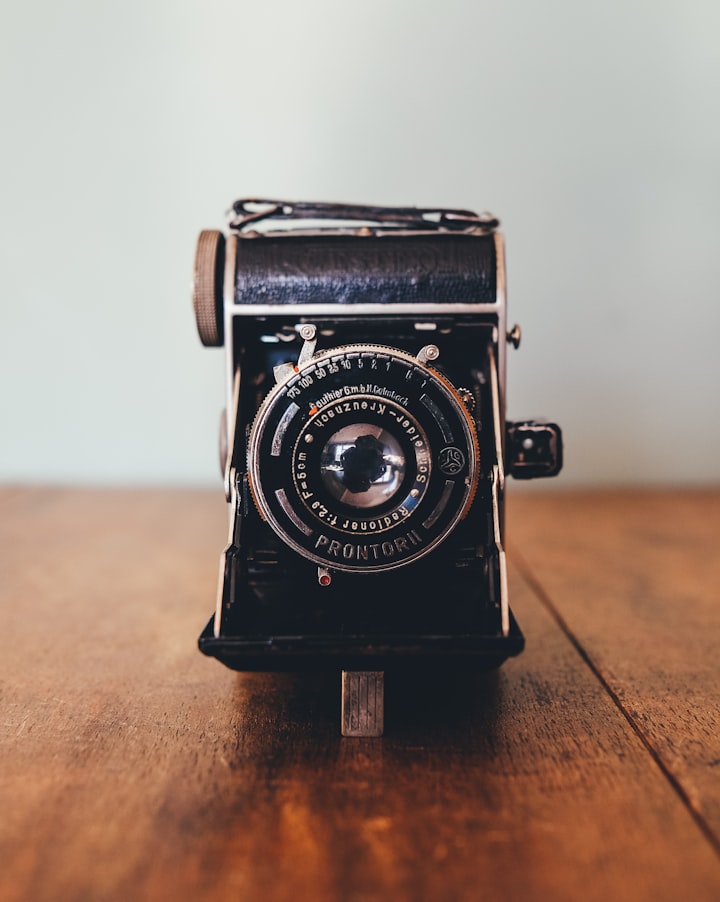Step by step instructions to check to ensure your overshadowing glasses are protected to wear
Ensuring that your eclipse glasses are safe to wear is crucial to protect your eyes during a solar eclipse

Specialists have been reminding observers to snatch a couple of shroud glasses to see the all out sun based overshadow — and to ensure they aren't phony. Fake shroud glasses are "contaminating the commercial center," as indicated by a delivery shared by the American Galactic Culture, or AAS.
The focal points of sun based overshadow glasses are made of dark polymer, or pitch implanted with carbon particles, that blocks essentially all apparent, infrared and bright light, as indicated by The Planetary Society. What's more, shades won't work instead of shroud glasses or sun based watchers, as indicated by a delivery by the American Optometric Affiliation.
Taking a gander at the sun without appropriately made obscure glasses can bring about extreme eye injury, from brief vision debilitation to super durable visual impairment. Yet, the AAS has found the development of fake shroud glasses that will not give the important assurance expected to see the sun securely without causing eye harm.
This is the way to let know if your sun powered obscure glasses are protected to wear: The fake glasses may be difficult to detect in light of the fact that they incorporate data and, surprisingly, unique fine art that recommend they were spread the word about by a respectable producer of the items, yet various production lines that still can't seem to be distinguished really made them, as per the AAS. "APO is one of the major U.S. makers of safe sun based watchers and prints its name and address on its shroud glasses, though the Chinese copycat items have APO's name yet not its location," the AAS partook in a news discharge. However, close following by the AAS uncovered that more unidentified processing plants are delivering fake glasses printed with the name and address of a Chinese industrial facility called Cangnan Province Qiwei Art Co., which makes safe items. A portion of the phony glasses likewise incorporate the name or logo of Sun based Shroud Worldwide, Canada, which is Qiwei's North American wholesaler.

There are two main ways to check if your eclipse glasses are safe to wear:
Look for a label: Safe eclipse glasses will have a label indicating they meet the international safety standard ISO 12312-2. This may be on the frame of the glasses itself, usually on the arm.
Do a light test: In a safe location, put on your eclipse glasses and look at a bright light source, like a lightbulb or flashlight (not the sun directly!). If the light appears very dim, or invisible, and you can only see the filament of the bulb, the glasses are likely safe. If you see the bright light clearly, the glasses are not safe.
Here are some additional resources that you might find helpful:
American Astronomical Society (https://aas.org/press/american-astronomical-society-offers-warnings-reassurances-eclipse-glasses)
NASA (https://science.nasa.gov/eclipses/safety/)

Ensuring that your eclipse glasses are safe to wear is crucial to protect your eyes during a solar eclipse. Here are steps to check the safety of your eclipse glasses:
Check for Certification: Look for a label indicating that the glasses comply with the ISO 12312-2 international safety standard for filters for direct viewing of the Sun. This certification ensures that the glasses have been manufactured to specific safety standards for solar viewing.
Inspect for Damage: Examine the glasses for any signs of damage such as scratches, punctures, or wrinkles. If the glasses are damaged in any way, they may not provide adequate protection and should not be used.
Verify Authenticity: Ensure that the manufacturer or retailer of the glasses is reputable. Avoid purchasing eclipse glasses from unknown sources or individuals, as they may not meet safety standards.
Perform a Test: Before using the glasses to view the Sun, perform a simple test. Put the glasses on and look at a bright light source other than the Sun, such as a lamp or the Sun itself when it's not eclipsed. If you can see anything other than the bright light source through the glasses, they may not be adequately filtered and should not be used.
Check for Expiration: Some eclipse glasses have an expiration date. Ensure that your glasses are not past their expiration date, as the protective film may degrade over time, reducing their effectiveness.
Follow Usage Guidelines: Always follow the manufacturer's guidelines for proper use of the eclipse glasses. This includes instructions on how long you can safely look at the Sun through the glasses during an eclipse.
Supervise Children: If children are using eclipse glasses, ensure they understand how to use them properly and supervise them during use to prevent accidental misuse.
By following these steps, you can verify the safety of your eclipse glasses and protect your eyes while viewing a solar eclipse.





Comments
There are no comments for this story
Be the first to respond and start the conversation.